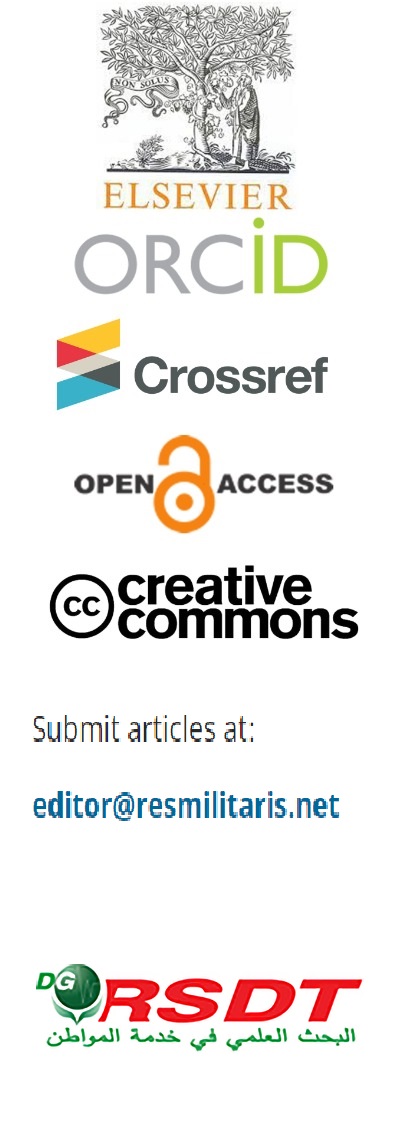
-
FOOD SECURITY AS A COMPONENT PART OF NATIONAL SECURITY: THE IMPACT OF THE RUSSIAN-UKRAINIAN CONFLICT
Volume -14 | Issue -5
-
The Contribution Ratio of Some Physical Abilities in the Performance of Certain Skills with the Apparatus Among Female Students in Rhythmic Gymnastics
Volume -14 | Issue -5
-
Self-Efficacy and Its Relationship to the Level of Ambition Among Track and Field Athletes Under 20 Years
Volume -14 | Issue -5
-
Culture of the Mexican Army1
Volume -14 | Issue -5
-
The Impact of Educational Media (Visual - Mixed) on Self-Learning of Certain Table Tennis Skills for Students
Volume -14 | Issue -5
Fakirmohan Senapati on the World Literary Map: A Study of Criticism
Main Article Content
Abstract
Fakirmohan Senapati, the Odia novelist of the nineteenth century India with unmatched literary merit did not receive due recognition and can be called a literary marginal of his time. Unlike his contemporaries including Munshi Premchand, Bankim Chandra Chatterjee, O Chandu Menon and many others, he was not given the much deserving critical attention and until today several of his major works are yet to be translated. Known as the father of modern Odia literature and Odia linguistic nationalism, Fakirmohan’s complex literary vision need intense and deep study and his work serious negotiation although one cannot ignore the recent developments in the concerned areas. This paper traces the development of Fakirmohan studies and criticism from an insignificant low to a fairly sizable one both at the national and international levels. The discussion will show how each turn in the critical output has determinedly enhanced Fakirmohan’s reputation as a novelist and helped him evolve from a regional writer into a figure of world literature. Dividing the phases of his criticism into three generic moments and each having a detail analysis of the critical works, this study will scrutinise how Fakirmohan Senapati who was initially perceived as a realist and social reformist writer has now bagged his due recognition as an exponent of postmodernist and post-colonial fiction writing. The discussion also would include references to the major breakthroughs made in the field of Fakir Mohan study and criticism and would make an analysis of the factors responsible for such interventions.

